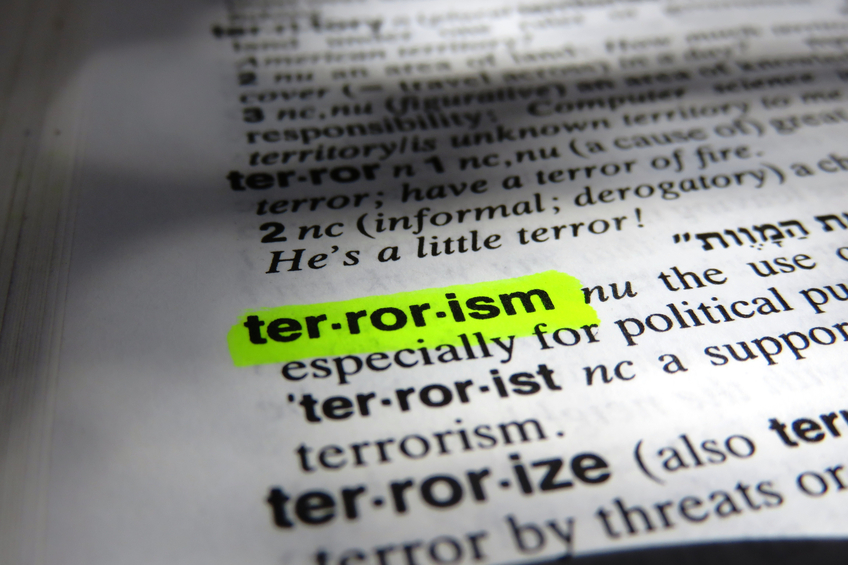As we approach the final months of 2016, few would dispute that it has been one of the most politically tumultuous years in recent memory, punctuated by a hugely polarizing election, colossal political shifts, rising domestic gun violence — especially in the form of mass shootings — and horrifying terrorist attacks. Amid this discord and disarray, one can’t help but question how and why our world has come to be so polarized, so difficult, so scary. Reflecting on this, I have become interested in the complex forces that drive individuals to extremism. While many are quick to place blame, what are the true origins of radicalization? What inspires citizens to terrorism? And how can we stop this problematic process?
Let us begin with a case study. Ahmad Khan Rahami is a naturalized American citizen originally from Afghanistan and the principal suspect in the Manhattan and New Jersey bombings of this past September. Shortly after his arrest, his family alleged discrimination and harassment by their hometown Elizabeth, New Jersey, citing a lawsuit against the city in 2011 related to a dispute over business hours of their family restaurant, First American Fried Chicken. They also accused police of targeting them on “the basis of race, religion and national origin,” and that a neighboring business owner had made statements such as “Muslims make too much trouble in this country” and “Muslims don't belong here.”
This situation — where an individual or group of individuals, especially minorities and immigrants, is ostracized, discriminated against and victimized by a community — is not only far too common, but also critical to understanding the origins of terrorism. Research has established a strong link among social marginalization, discrimination, weak or threatened identities, and poor integration as a crucial driver in the pathway to radicalization. While it is commonplace to blame violent acts on mental illness, religious fanaticism and nihilism, social science has demonstrated that most “radicals” fall within the normal distribution in terms of psychological attributes like empathy, idealism and compassion. In other words, people just want to belong.
This realization has already proven itself vital to a group of policemen in the Danish town of Aarhus. In 2012, the small police department began receiving frequent calls from Muslim immigrants reporting the sudden disappearance of their sons and daughters, who were fleeing to Syria to join ISIS. Rather than punish these citizens, the officers took a different approach — they welcomed those who absconded back to Denmark with open arms and provided extensive help reintegrating, using psychiatrists and dedicated, relatable mentors as guides.
Grounded in a social psychology concept called noncomplementary behavior, the strategy used in Aarhus involves paradoxically responding to aggression and hostility with kindness and generosity. It is difficult in practice but incredibly effective; this approach is the backbone of Mahatma Gandhi and Martin Luther King Jr.’s philosophy, and, more recently, Michelle Obama’s: “When they go low, we go high.”
While still in a precarious position, the program in Aarhus has been a success. The town’s police department has now worked with over 330 potential radicals, welcomed 18 citizens back from Syria and in 2015 lost only one person to the Middle East, when traffic across the rest of Europe was skyrocketing. Although seemingly counterintuitive, their compassionate yet challenging approach to de-radicalization is working.
As we continue to seek understanding in these turbulent times, let us put politics aside and think critically and creatively about causation and solutions. Let the wise words of Martin Luther King Jr. reverberate across the globe: “Darkness cannot drive out darkness; only light can do that. Hate cannot drive out hate; only love can do that.”
